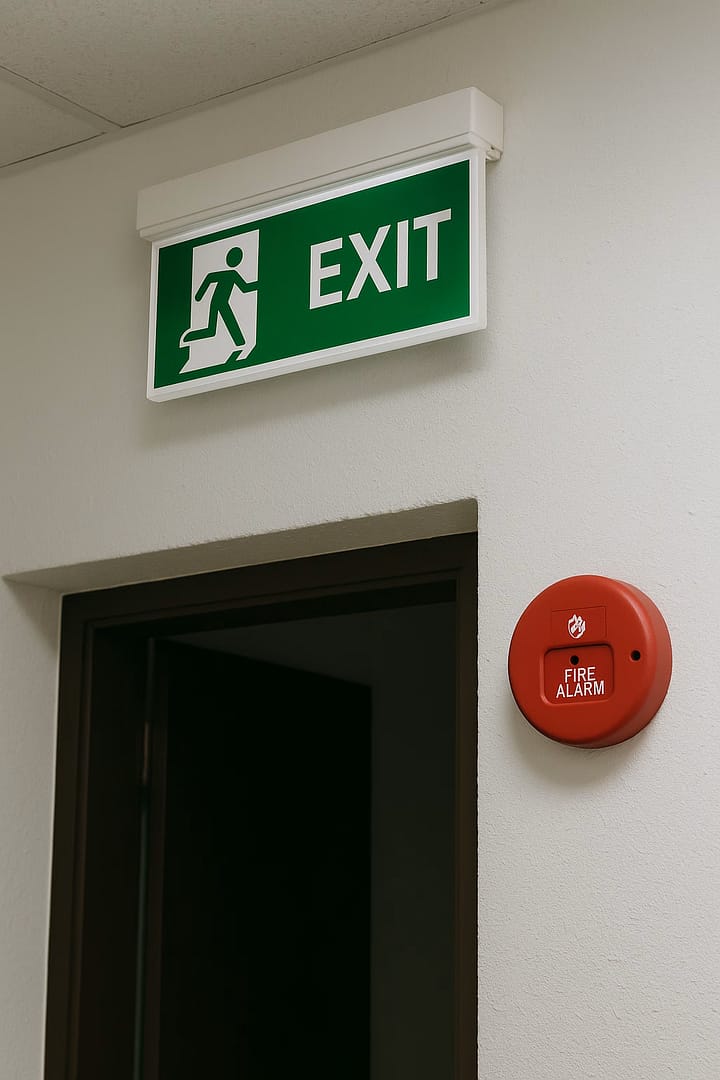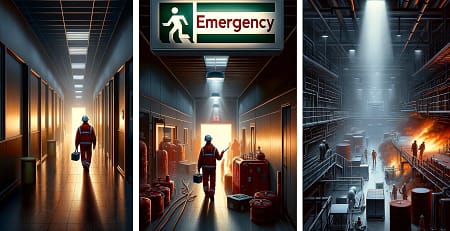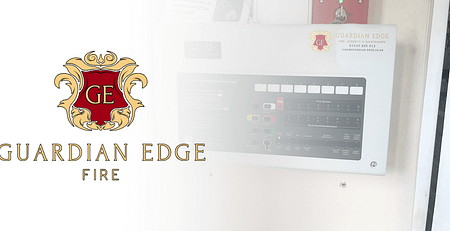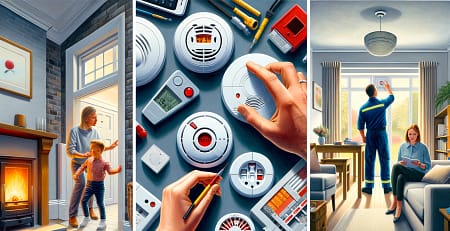The Critical Importance of Regular Fire Protection System Checks: A Human-Centric Perspective
Guardian Edge2025-05-21T12:52:30+00:00In the realm of building safety, fire protection systems are paramount. These systems—encompassing fire alarms, emergency lighting, and other safety measures—are designed to protect lives and property. However, their effectiveness hinges on regular inspections and maintenance. Beyond compliance, understanding human behavior in emergencies underscores the necessity of these routine checks.
Understanding Human Behavior in Emergencies
During emergencies, human reactions can be unpredictable. Panic, confusion, and disorientation are common, especially in unfamiliar environments. Studies have shown that clear alarms and visible exit signs significantly influence evacuation efficiency. Therefore, ensuring that fire protection systems are functional is not just a regulatory requirement but a critical factor in guiding human behavior during crises.
Fire Alarm Systems: The First Line of Defense
Fire alarms serve as the initial alert mechanism in the event of a fire. According to BS 5839-1:2017, the standard for fire detection and fire alarm systems in non-domestic premises, regular maintenance is essential:
Weekly Testing: A different manual call point should be tested each week to ensure the system’s functionality.
Biannual Servicing: A competent person must inspect and service the system at intervals not exceeding six months.
Neglecting these checks can lead to system failures, delayed evacuations, and increased risks to occupants.
Emergency Lighting: Guiding the Way to Safety
In power outages or smoke-filled environments, emergency lighting becomes crucial. BS 5266-1:2016 outlines the requirements for emergency lighting systems:
Monthly Functional Testing: Briefly test each luminaire to ensure it operates correctly.
Annual Full Duration Testing: Test each luminaire for its full rated duration (typically three hours) to ensure batteries and lamps function correctly.
Properly maintained emergency lighting helps prevent panic and facilitates orderly evacuations.
Regulatory Framework in England and Wales
The Regulatory Reform (Fire Safety) Order 2005 mandates that the “responsible person”—typically the employer, owner, or occupier—must ensure that fire safety equipment is maintained in an efficient state, in efficient working order, and in good repair.
Furthermore, the Fire Safety (England) Regulations 2022, introduced following the Grenfell Tower Inquiry, impose additional duties on responsible persons in multi-occupied residential buildings, including:
Monthly Checks: On firefighting equipment and lifts for use by firefighters.
Quarterly Checks: On all communal fire doors.
Annual Checks: On flat entrance doors.
Non-compliance can result in legal penalties and increased liability.
The Human Cost of Neglect
Beyond regulatory repercussions, the human cost of neglecting fire protection systems is profound. Malfunctioning alarms or inadequate lighting can lead to confusion, injuries, and fatalities during emergencies. Regular maintenance is not just about compliance; it’s about safeguarding lives.
Best Practices for Maintenance
Maintain Records: Keep detailed logs of all tests, inspections, and maintenance activities.
Engage Competent Professionals: Ensure that inspections and servicing are carried out by qualified individuals.
Regular Training: Provide training for staff on fire safety procedures and equipment usage.
Conclusion
Regular inspection and maintenance of fire protection systems are not only legal requirements but also critical measures to ensure the safety of building occupants. By adhering to the outlined standards and regulations, responsible persons can significantly reduce the risk of fire-related incidents and ensure compliance with the law.
Note: This article is intended for informational purposes and does not constitute legal advice. For specific guidance, consult a fire safety professional or legal advisor.
For further details on the standards mentioned:
By prioritizing regular checks and understanding the human factors in emergencies, we can create safer environments for all.












